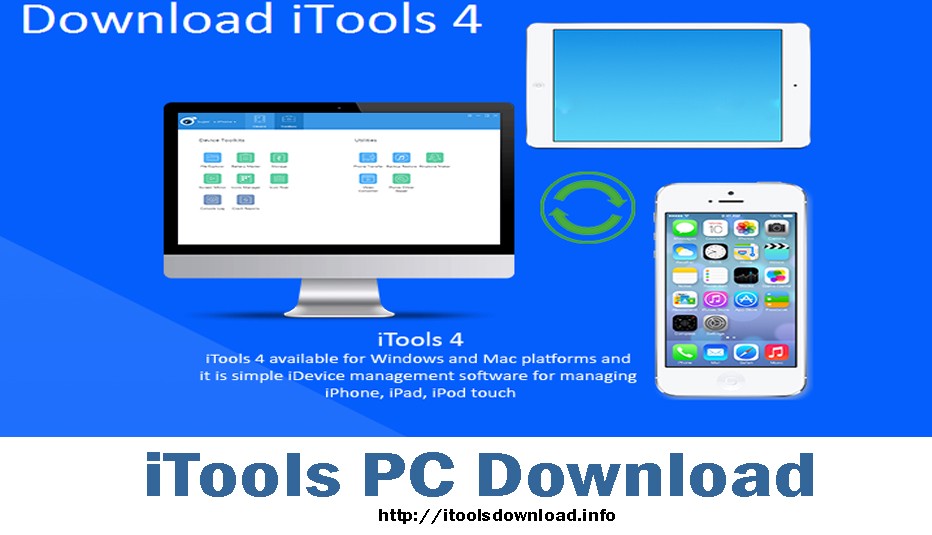

- #Itools for mac 10.5.8 how to
- #Itools for mac 10.5.8 for mac os x
- #Itools for mac 10.5.8 mac os x
- #Itools for mac 10.5.8 install
- #Itools for mac 10.5.8 software
#Itools for mac 10.5.8 mac os x
If you burn a Standalone Update to CD, its disk image must be copied to your desktop or another location on your Mac OS X startup disk in order to be installed.
#Itools for mac 10.5.8 software
Standalone Updates are generally available 24 to 48 hours after the Update is available through Software Update. For example, the Mac OS X 10.5.4 Combo Update updates any earlier version of Mac OS X 10.5 to Mac OS X 10.5.4 using a single installer, as opposed to installing the individual Mac OS X 10.5.1, 10.5.2, 10.5.3, and 10.5.4 updates.


There are two types of Standalone Updates: Individual (or Delta) and Combo.
#Itools for mac 10.5.8 install
Download the one(s) you need and install them after mounting the disk image and launching the Installer program. Standalone Updates let you update to a newer version of Mac OS X from your hard drive instead of using Software Update, which requires an Internet connection. Leopard on a Power Mac G4 and a MacBook Pro: It runs well on both computers, but each has some odd bugs, and some of the changes are a step backwards.
#Itools for mac 10.5.8 how to
How to install Mac OS X 10.5 on unsupported hardware – plus field reports. Unsupported Leopard Installation, 2007.10.31.
#Itools for mac 10.5.8 for mac os x
Leopard List, our email group for Mac OS X 10.5 users.Leopard Forum, our online group for OS X 10.5 users.Leopard is immune to the “goto fail” bug identified in early 2014.Īfter 22 months as the current version of OS X (only Tiger lasted longer, at 30 months), Leopard was succeeded by 10.6 Snow Leopard on August 28, 2009, the first version of OS X to leave all PowerPC Macs behind. The number of Macs that had been supported by Tiger and left behind by Leoaprd was the biggest for any release of OS X to date: No G3 models were supported, and the installer would not run G4 Macs slower than 867 MHz, although a few workarounds were discovered to address that. New features included Time Machine automated backup, Stacks, and Cover Flow.īut with every big step forward in features and performance, the Mac OS leaves some older Macs behind. Where Mac OS X 10.4 Tiger had come in separate versions for PowerPC and Intel Macs, the Leopard installer could run on both platforms, and the version of Mac OS X installed could boot either type of hardware. Leopard itself was also a unified operating system. For the first time, a version of OS X was certified as Unix, and the new unified appearance makes Leopard friendlier and less confusing for users.

Mac OS X 10.5 Leopard, released on October 26, 2007, was the biggest change to Mac OS X since Apple first released OS X 10.0 in March 2001.


 0 kommentar(er)
0 kommentar(er)
